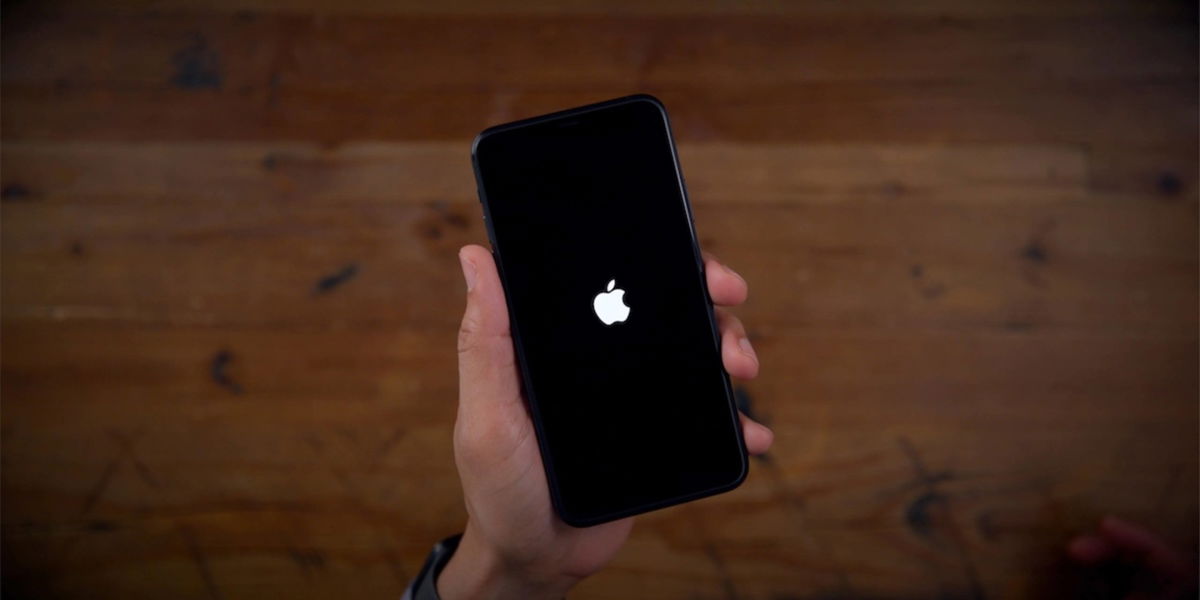There are several factors that contribute to the battery of our mobile phones draining faster. The screen is one of the most important: the longer we use the mobile, the more energy it consumes, especially with the brightness at very high levels. Excessive temperatures are another factor that can affect our battery.
However, the apps are flawless. Some apps consume a lot of energy even when we are not actively using them. This is a problem, since may cause the battery to drain faster. Fortunately, there are ways to solve this problem, but the first thing to do is to identify the culprits, those applications that drain the battery of our cell phones very quickly.
How to see which apps are consuming the most battery on your mobile and what to do to fix this problem
It’s no secret that some apps consume more than others, especially those that require more energy and resources, such as games, among others. Social networks, streaming apps, video calling apps
However, some applications consume energy even when we are not using them, at least actively. This is due to the background activity of some applications, and this is something that we can limit if we want to extend the autonomy of our phones. The first thing we need to do is identify the applications that consume a lot of battery.


Some applications consume more battery than we would like, but we can avoid this without having to delete them from our mobile.
To check which apps are consuming the most battery, do the following:
- We go to the Settings menu or Configuration from our Android mobile
- We access the section Battery
- The next step may vary depending on the manufacturer: in Stock Android we access Battery Usage. In One UI and HyperOS we will find the battery consumption divided by applications directly by entering the Battery section
In this section we can filter the results by day, in the last two weeks or since the last download. The apps that appear at the top of the list are those that consume the most battery. In my case, the apps that consume the most battery are Twitter (X), YouTube, Chrome and WhatsApp
These are apps that, like many people, I use a lot in my daily life, so I couldn’t delete them from my phone. However, there are things we can do to stop them from draining our battery: limit its use in the background. This way, the applications will not run tasks in the background but mainly when we use them.
To limit background app usage, follow these steps:


Restrict background battery usage on HyperOS, Stock Android, and One UI (left to right)
- We go to the settings menu then to the section Applications
- We click on one of the applications we want to limit
- We are removing the permission of background use
In this way, the applications we select will not consume resources in the background, they will do so only when we are actively using them. Of course, this can have negative consequences: if we limit the background use of a social network like Twitter (X) or Instagram, this could prevent us from receiving notifications
Generally speaking, the apps that consume the most battery are among those we use the most, including messaging, browsing, social networking and content streaming apps. Here are some of the apps that consume the most battery and that you can choose to limit their use in the background:
- Applications like Google Maps and Wazesince they can make heavy use of mobile location
- Social networks like Twitter (X), Instagram, TikTok and Snapchatbecause they are constantly updated in the background
- Content streaming platforms: YouTube, Netflix, Max and others, although logically these consume battery when we watch content they contain
- Messaging and communication applications: WhatsApp, Telegram, Tinder and others, due to background usage, and apps like Zoom, Skype and Meet They can consume a lot of battery if we use them to make video calls. However, if we limit the background use of this type of applications, we may miss important notifications.
Cover photo | Alejandro Alcolea for Xataka
In Xataka Android | Myths and truths about fast charging. Is it really harmful to your mobile battery?
In Xataka Android | At what age did you discover that there are five ways to turn on the mobile flashlight on Android











